The 5 Most Polluted Lakes in Victoria
Victoria is a territory in Australia, with the capital city being Melbourne, the second-largest city in Australia. Several wetlands of national and international importance call Victoria home. Many beautiful lakes are dotted across these wetlands, including over 50 that have a surface area over 170 acres.
However, some of these lakes experience or have experienced the impact of pollution in their waters. Pollution comes from various sources, including agricultural runoff, manmade structures, and more. Discover the most polluted lakes in Victoria and their ecological importance to Victoria’s wildlife.
1. Lake Coorong
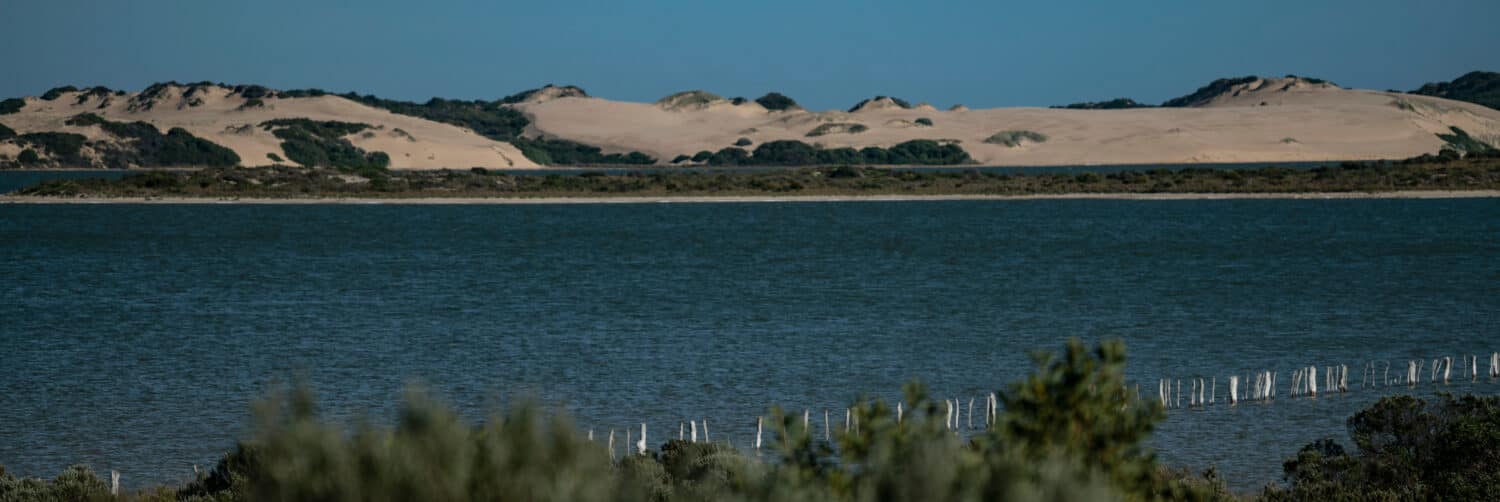
©Tony Barbour/Shutterstock.com
Lake Coorong serves as one of Australia’s most important wetlands, along with the Lower Lakes and Murray Mouth, all of which sit at the end of the Murray River in western Victoria. The wetland that includes the Coorong remains protected under the Ramsar Convention as a wetland of international importance. This region flushes salt out of the Murray-Darling Basin. Salinity levels in the surrounding areas can reach unacceptable highs without this vital function.
Lake Coorong appears on this list of Victoria’s most polluted lakes due to its high salinity levels. One of the significant impacts on Lake Coorong and all the Lower Lakes is the barriers that prevent water flow from the Murray River into Lake Coorong. The resulting increase in the salinity levels of the lake creates an adverse environment for many native fish and plants. Further issues around pollution include damaging algal blooms in both the Coorong and many of the Lower Lakes.
2. Lake Wellington
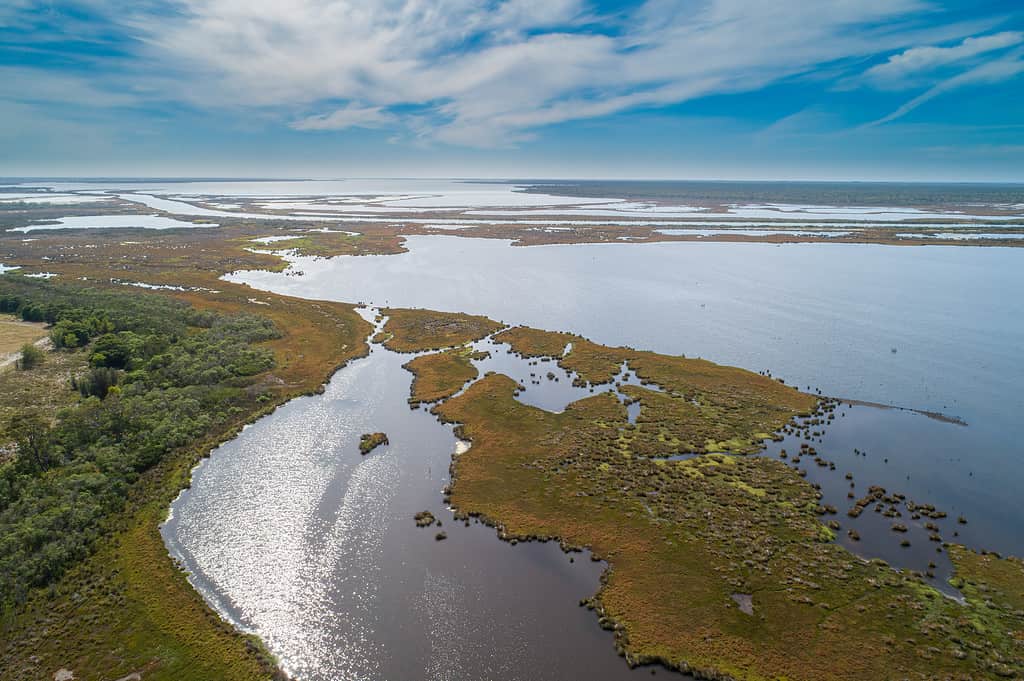
©tsvibrav/iStock via Getty Images
Lake Wellington is the largest lake in the Gippsland Lakes network of coastal lakes, marshes, and lagoons in East Gippsland, Victoria. With an average depth of nine feet, Lake Wellington is relatively shallow. The Latrobe and Avon rivers flow into the lake and provide fresh water. Despite its appeal to numerous tourists and its protection as an important wetland, Lake Wellington is one of Victoria’s most polluted lakes.
Threats to Lake Wellington include increased salinity, high nutrient concentrations, and increased chlorophyll-a levels. Love Our Lakes characterizes the changing condition of Lake Wellington as moving from clear fresh water to brackish with much more phytoplankton than before. Several studies indicate that the changing situation and increased saline pollution derive from bushfires, drought, and wind-generated suspension of sediments. A significant cause of the increased salt concentration in Lake Wellington was the creation of a permanent entrance to the Southern Ocean.
3. Lake Victoria
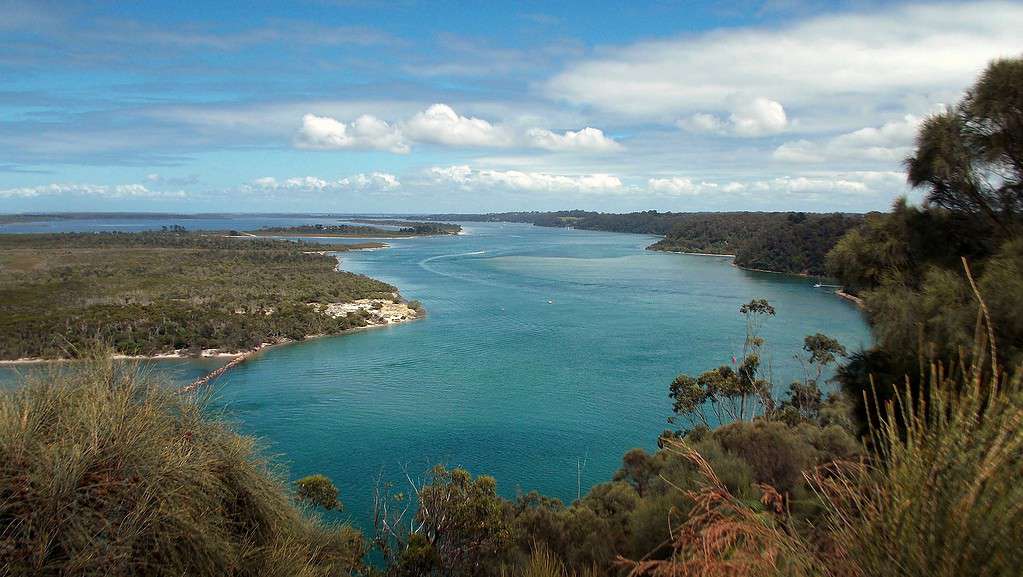
©gérard / Flickr – License
Lake Victoria is the third-largest lake in the Gippsland Lakes network, the most extensive estuarine lagoon system in Australia. Various rivers replenish Lake Victoria by flowing down to where it sits close to the ocean. Numerous tiny islands dot the landscape throughout Lake Victoria’s wetlands, helping to support multiple species of plants and waterbirds.
Unfortunately for Lake Victoria, pollution has not spared it. In recent years, bushfires have been one of the biggest pollution threats to Lake Victoria and the rest of the Gippsland wetlands. Negative impacts on water quality are common due to sediment, ash, and other pollutants in rainwater following major bushfires, such as the 2019-20 Black Summer fires.
4. Lake Corangamite
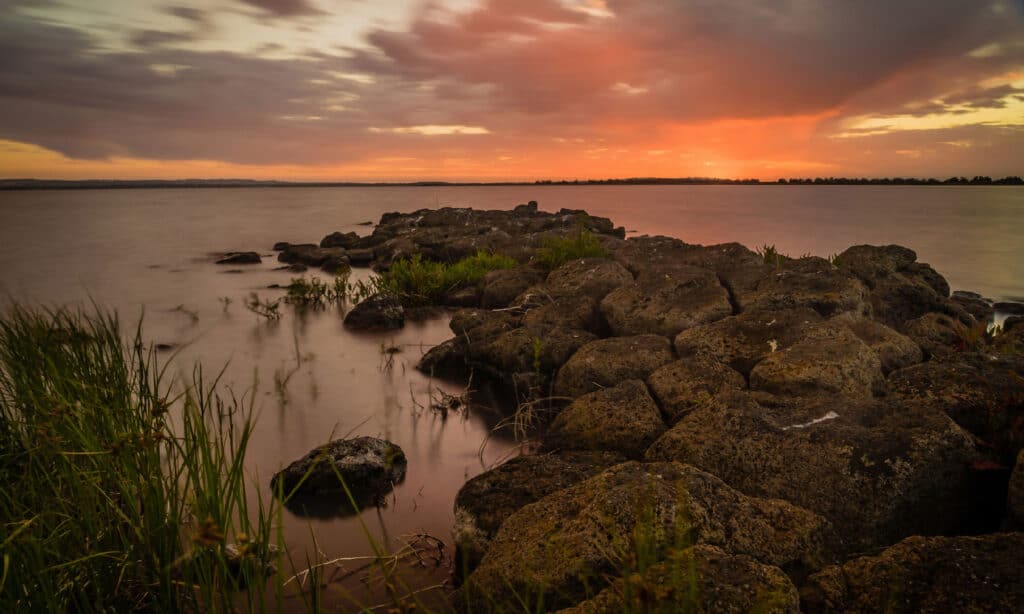
©iStock.com/StephaneDebove
The largest permanent saltwater lake in Australia, Lake Corangamite, sits on the Victorian Volcanic Plains in southwest Victoria. As cooling lava flows altered waterways in the region, the lake formed from a natural dam. Covering an area of 89 square miles, this lake forms part of the Western District Lakes wetland site, also protected by the Ramsar Convention.
Threats to Lake Corangamite include the introduction of nutrients, salts, sediments, and heavy metals from land use nearby, as well as agricultural and urban runoff pollution. Algal blooms have become more extensive, with problems related to potential toxins that can harm native species and contaminate the water.
5. Lake Beeac
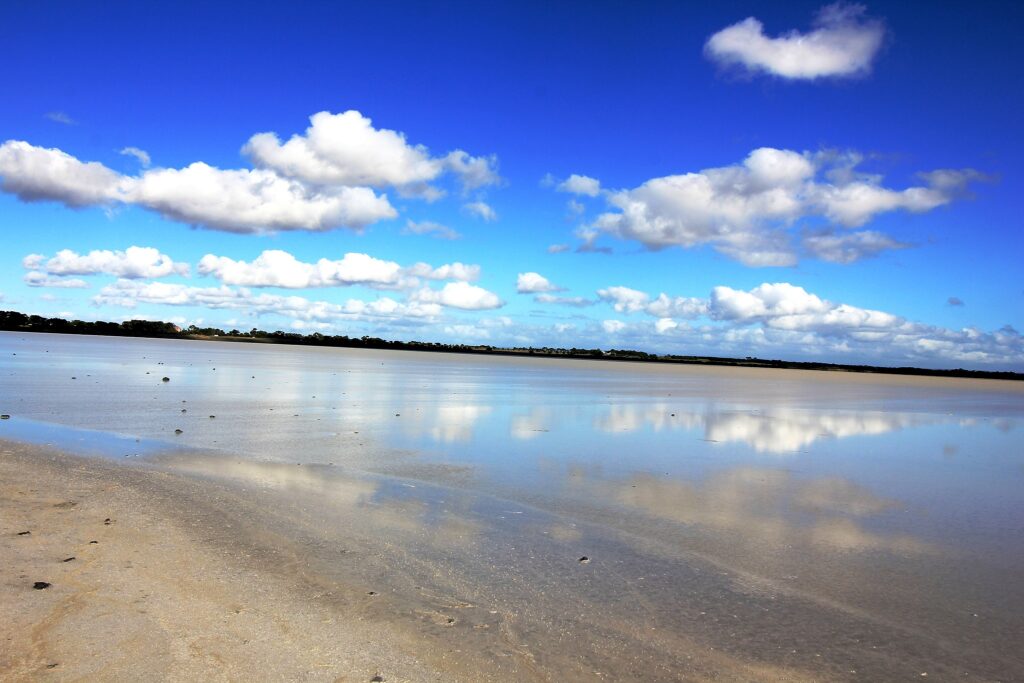
©Keza67 / CC BY-SA 4.0 – License
Another hypersaline lake part of the Western Lakes District, Lake Beeac, supports vital populations of waterbirds, including Australian shelducks, banded stilts, and chestnut teals. Brine shrimp thrive in the salty waters and serve as food for those birds. It has no major outflows except for evaporation and gains water from its surrounding wetlands.
The former tip of Beeac comes out into Beeac Lake on the eastern shore, with waste washing out into the lake. The tip might contain leachate with heavy metals and chemicals polluting the environment of the lake and its surroundings. Lake Beeac also faces pollution from trash dumped along its shores, including household, city, and agricultural waste.
Summary of the 5 Most Polluted Lakes in Victoria
| Rank | Name of Lake | Region |
|---|---|---|
| #1 | Lake Coorong | Wimmera |
| #2 | Lake Wellington | Gippsland Lakes |
| #3 | Lake Victoria | Gippsland Lakes |
| #4 | Lake Corangamite | Western District Lakes |
| #5 | Lake Beeac | Western District Lakes |









